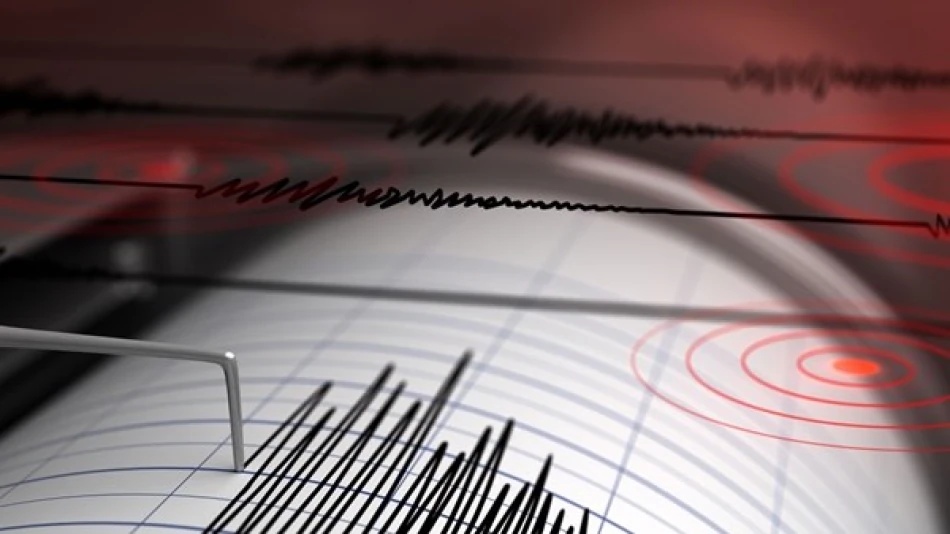
Powerful Earthquake Shakes Algerian City of Al-Agwat, Sparking Concerns for Residents' Safety
Minor Earthquake Strikes Southern Algeria as Seismic Activity Continues Across North Africa
A 3.2-magnitude earthquake struck the city of Laghouat in southern Algeria on Saturday evening, marking another instance of seismic activity in a region where geological monitoring has become increasingly important for infrastructure development and public safety planning.
Earthquake Details and Location
The tremor hit Laghouat, located approximately 400 kilometers south of Algeria's capital, Algiers, according to Algeria's Research Center for Astronomy, Astrophysics and Geophysics. The epicenter was pinpointed 17 kilometers southeast of the town of Qaltat Sidi Saed, placing it in a relatively sparsely populated area of the Saharan region.
No reports of damage, injuries, or fatalities have emerged following the earthquake, which is consistent with the generally low impact expected from seismic events of this magnitude.
Understanding the Regional Seismic Context
North African Tectonic Activity
Algeria sits along the complex boundary zone between the African and Eurasian tectonic plates, making it susceptible to regular seismic activity. The country experiences frequent low-to-moderate magnitude earthquakes, particularly in its northern coastal regions where the Atlas Mountains meet the Mediterranean Sea.
However, earthquakes in Algeria's southern desert regions, while less common, are not unprecedented. The Saharan platform, though generally more stable than the northern mountainous areas, can still experience tectonic stress from the broader regional geological dynamics.
Historical Seismic Patterns
Algeria has experienced significant earthquakes in recent decades, most notably the devastating 6.8-magnitude Boumerdès earthquake in 2003 that killed over 2,000 people and the 1980 El Asnam earthquake that claimed approximately 3,000 lives. These major events primarily occurred in the more seismically active northern regions.
Implications for Development and Infrastructure
Southern Algeria's Growing Importance
The Laghouat region has gained strategic importance in Algeria's economic diversification efforts, particularly as the country seeks to develop its renewable energy sector and reduce dependence on oil and gas exports. The area's solar energy potential makes it a key location for large-scale renewable projects, making seismic monitoring crucial for infrastructure planning.
Even minor earthquakes like Saturday's 3.2-magnitude event serve as important reminders for engineers and planners to maintain robust seismic safety standards in construction projects, particularly for critical infrastructure like power plants and transmission facilities.
Monitoring and Preparedness
Algeria's investment in seismic monitoring capabilities has improved significantly since the major earthquakes of previous decades. The Research Center for Astronomy, Astrophysics and Geophysics operates a network of monitoring stations that enable rapid detection and analysis of seismic events across the country.
This enhanced monitoring capacity is particularly valuable for regions like Laghouat, where economic development is expanding but population density remains relatively low, allowing for better-informed urban planning and construction standards.
 Layla Al Mansoori
Layla Al Mansoori







